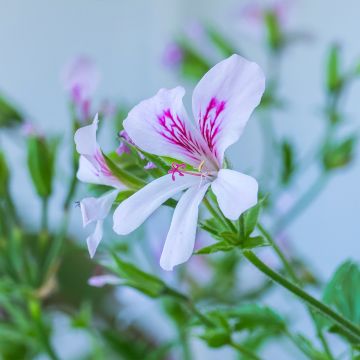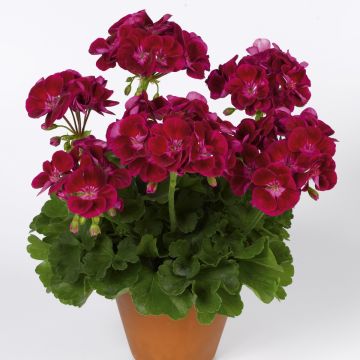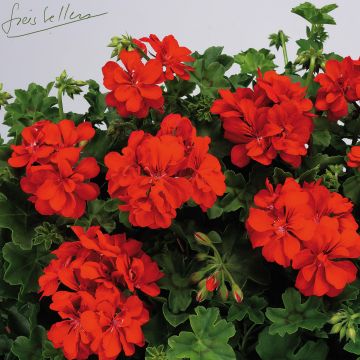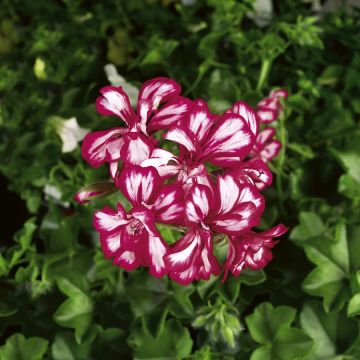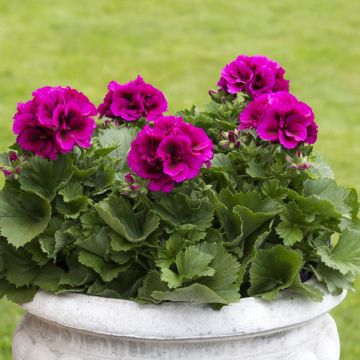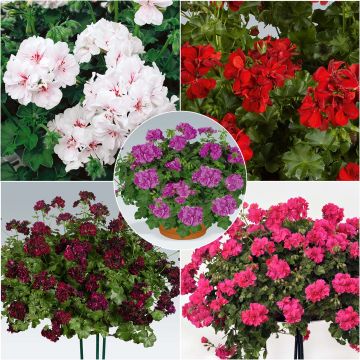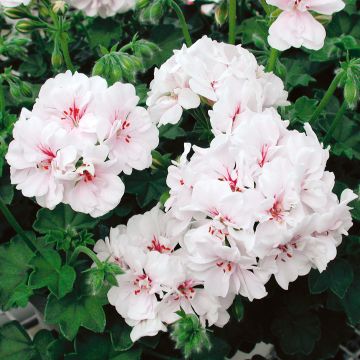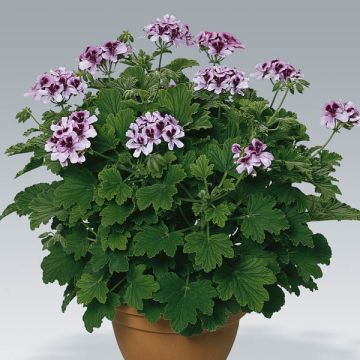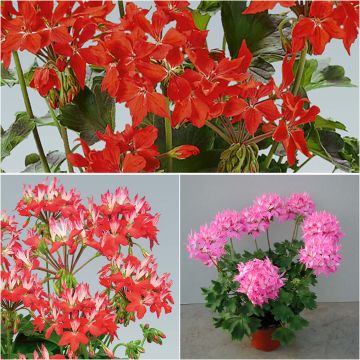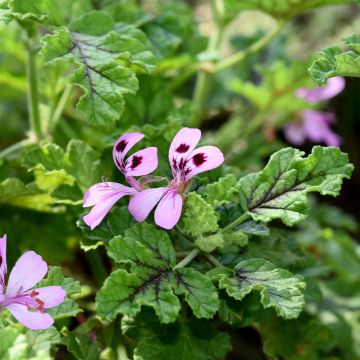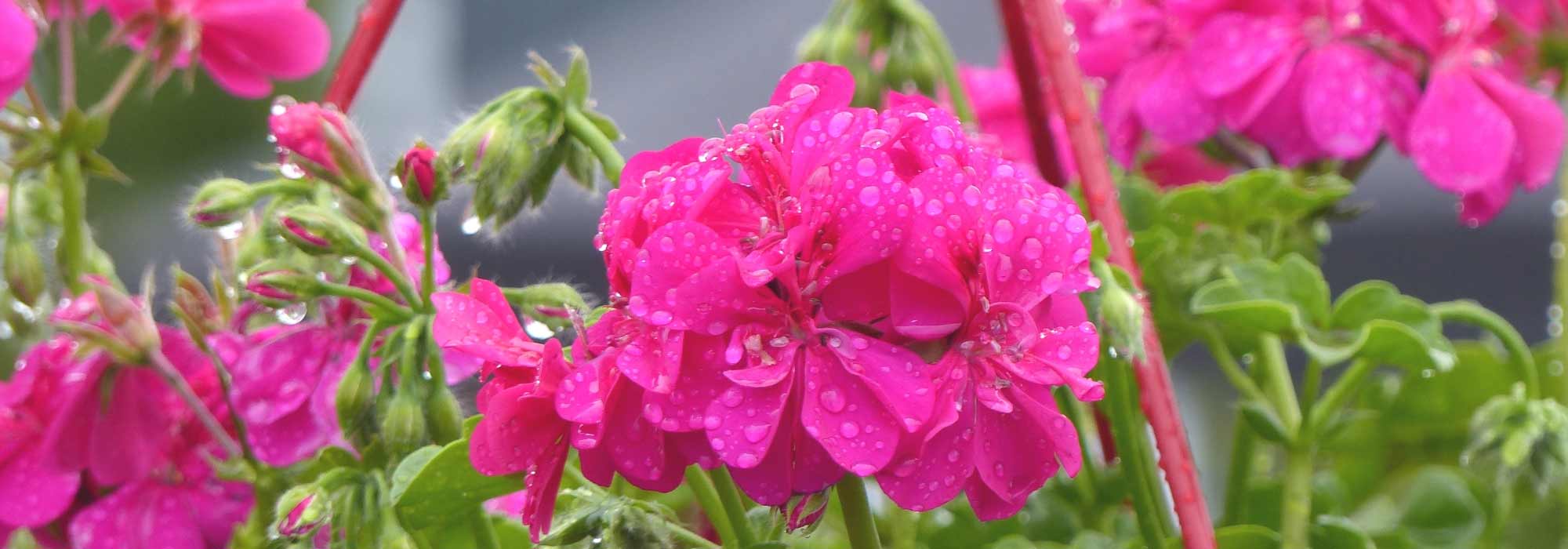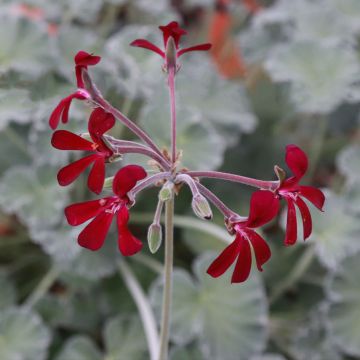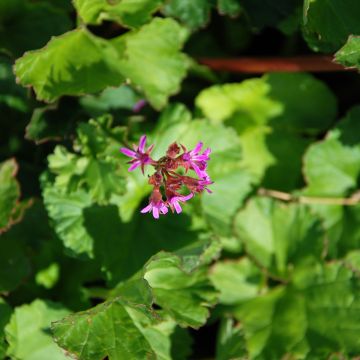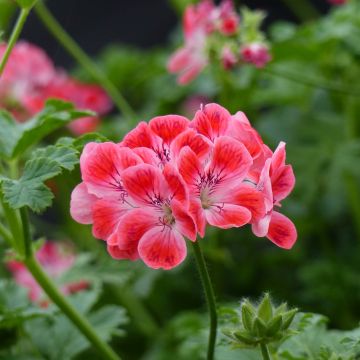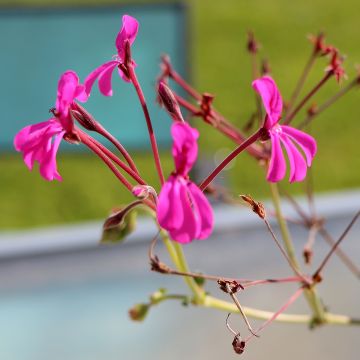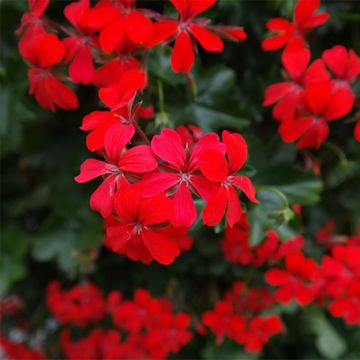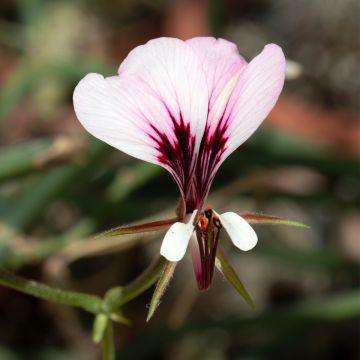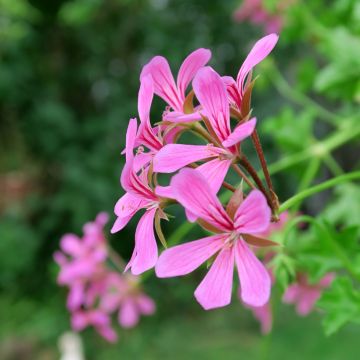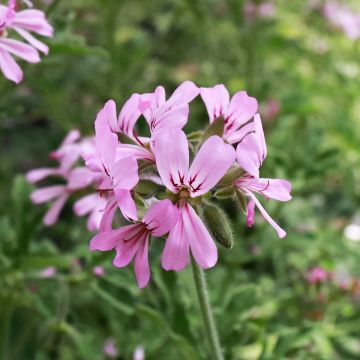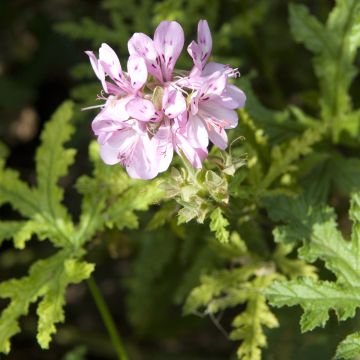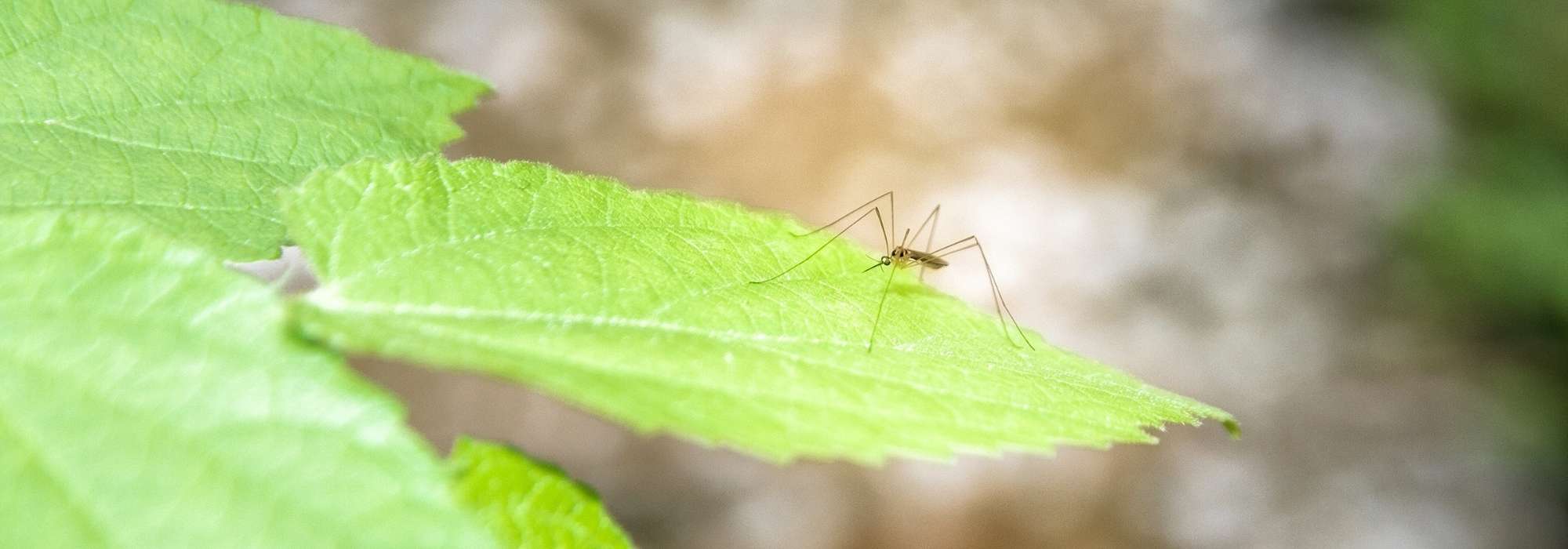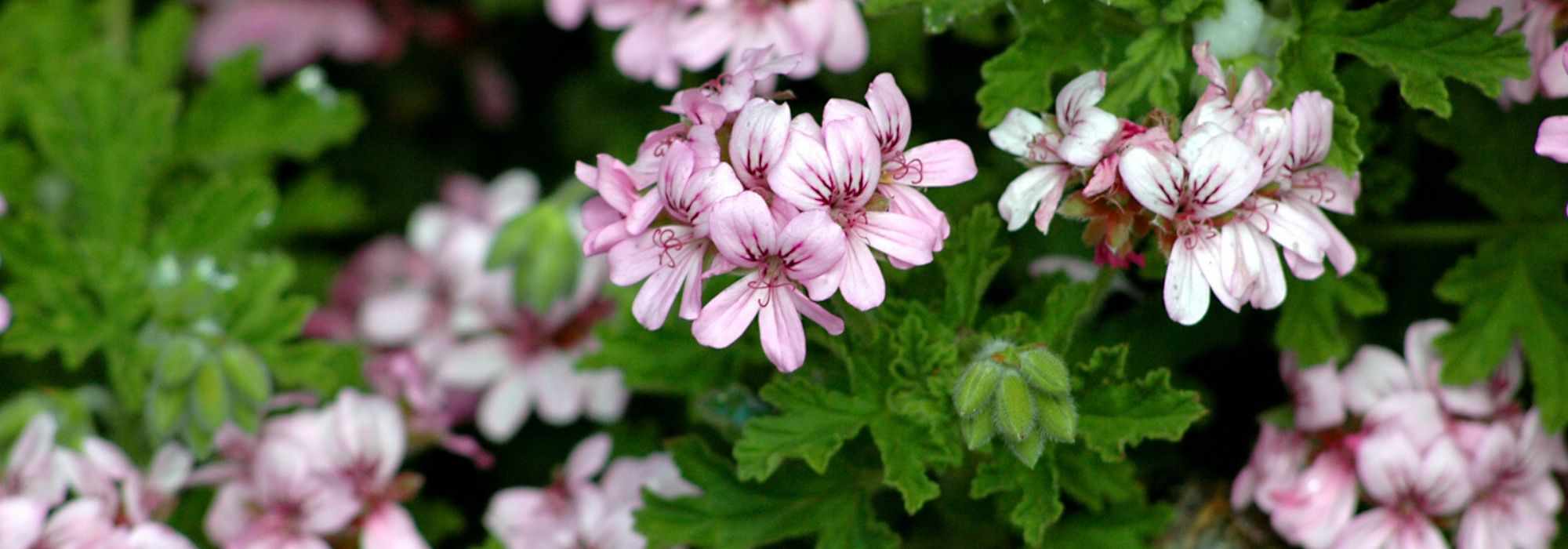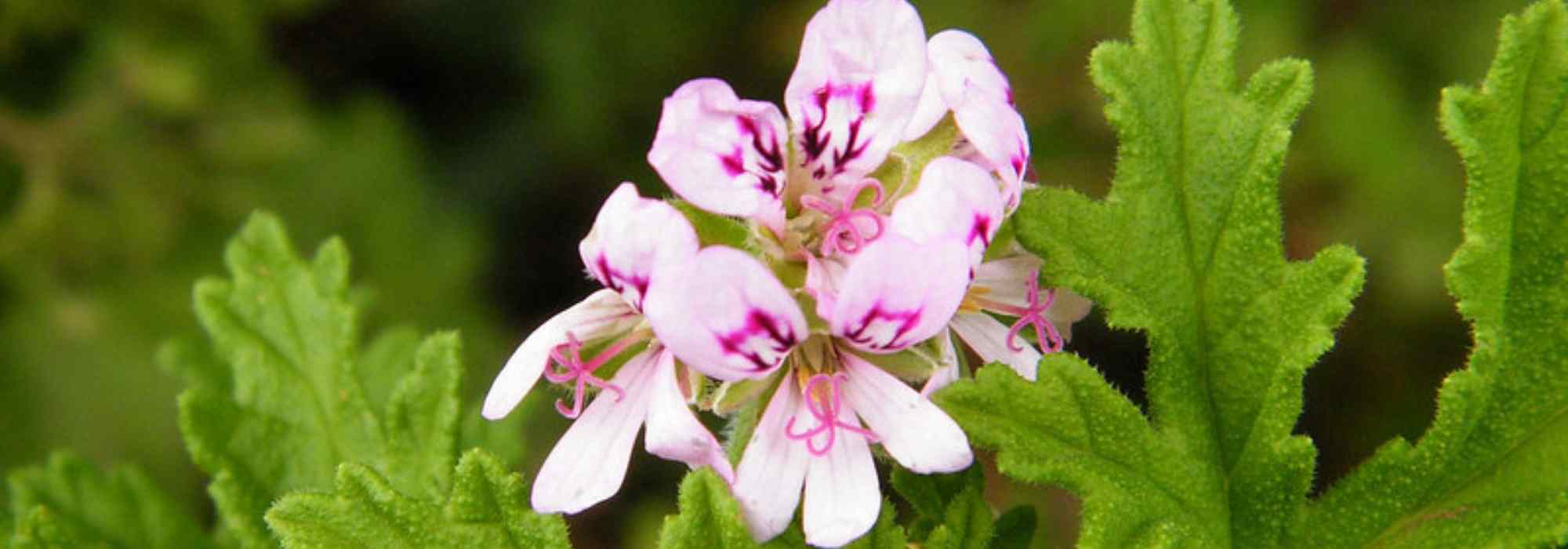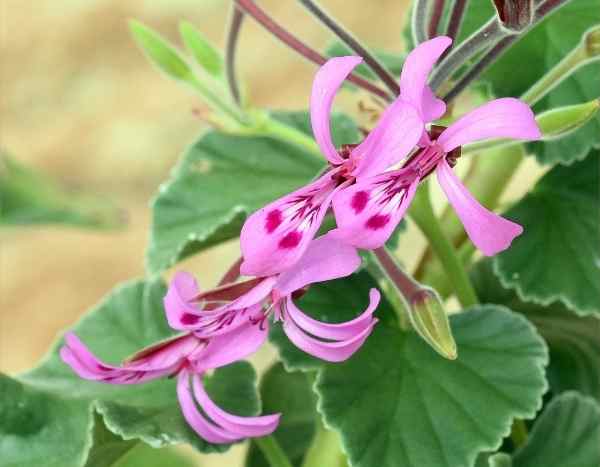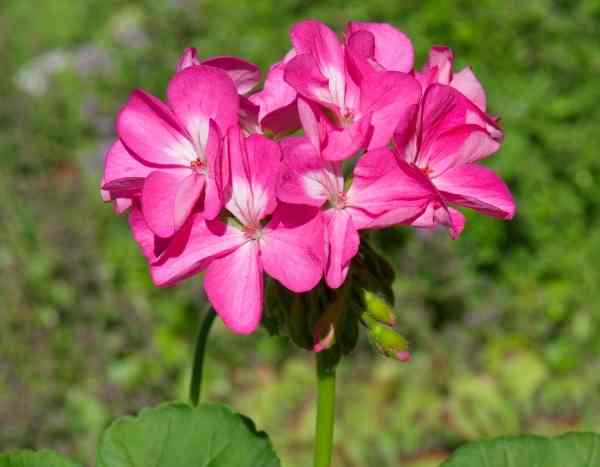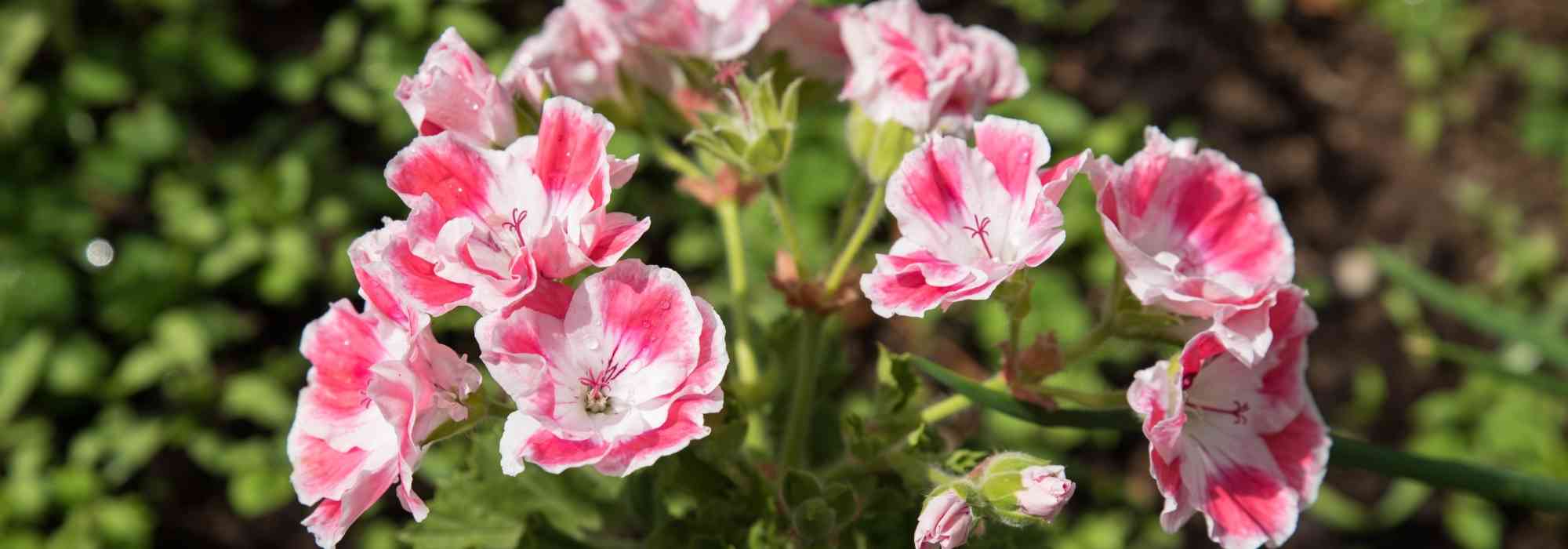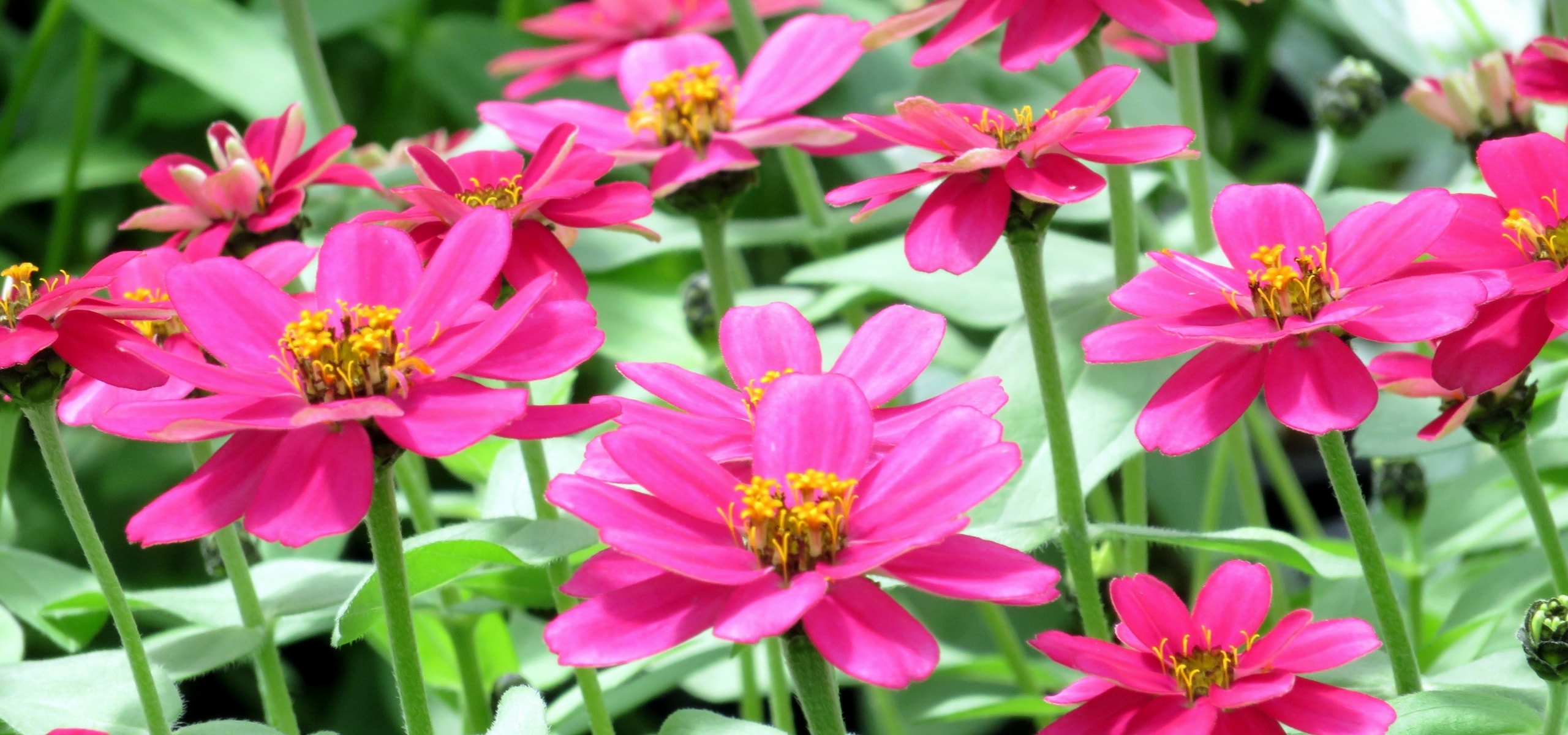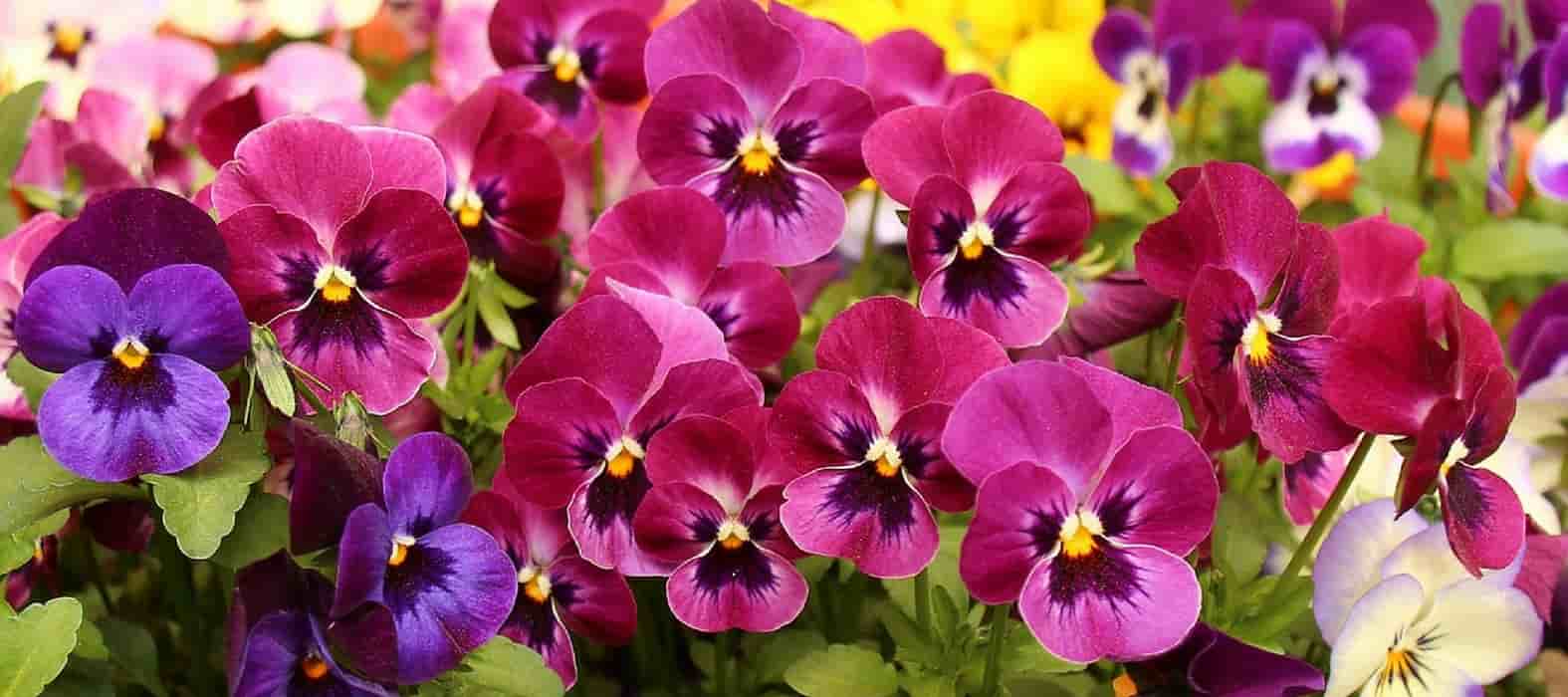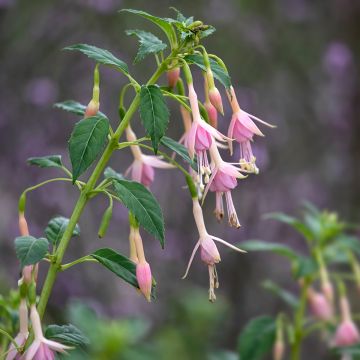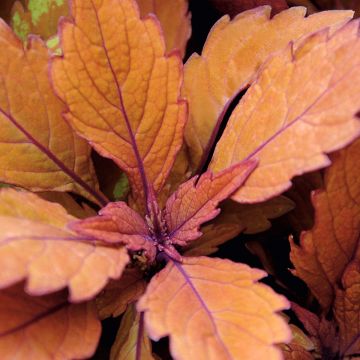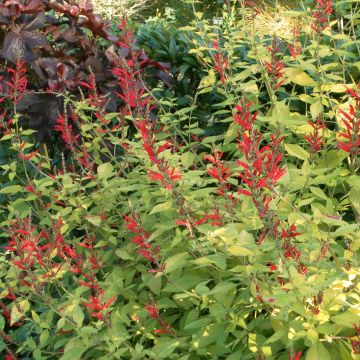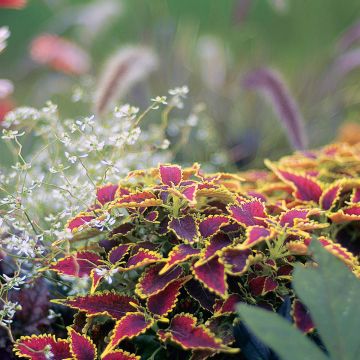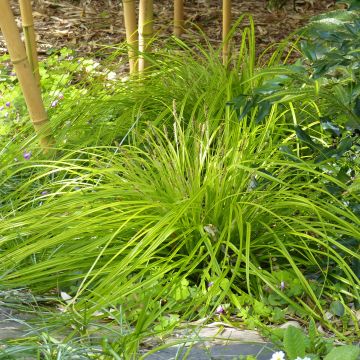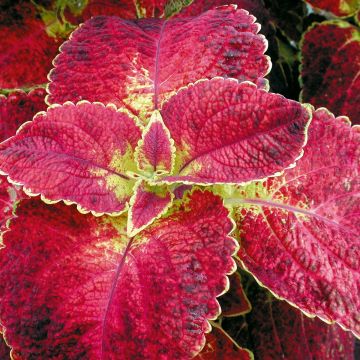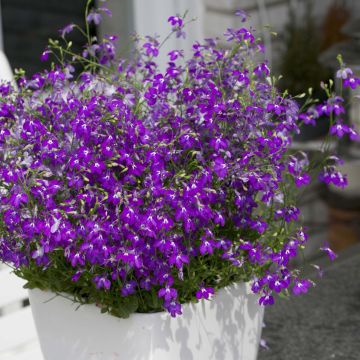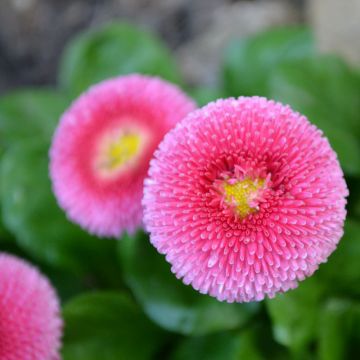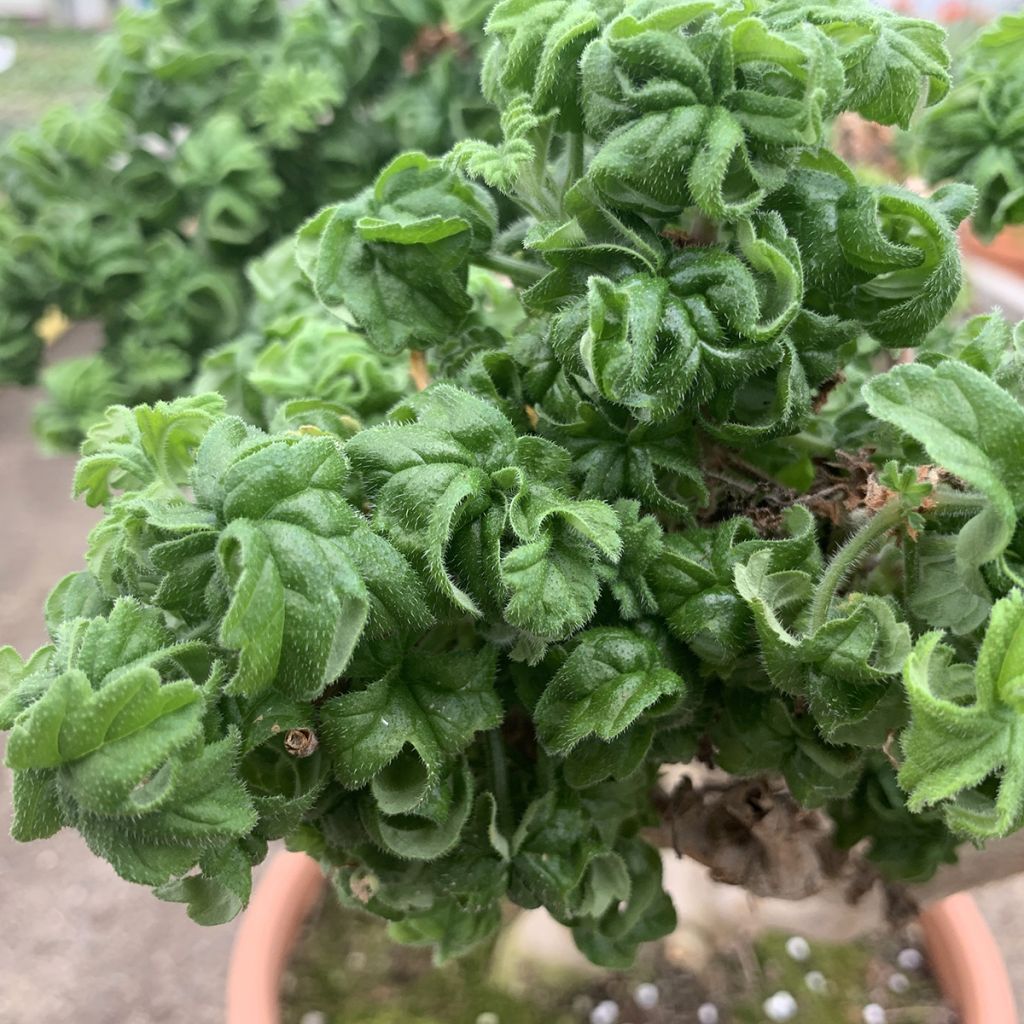

Pelargonium odorant graveolens Bontrosaï - Géranium parfum rose citron
Pelargonium graveolens Bontrosaï
Pelargonium graveolens Bontrosaï
Rose Geranium, Sweet Scented Geranium
Special offer!
Receive a €20 voucher for any order over €90 (excluding delivery costs, credit notes, and plastic-free options)!
1- Add your favorite plants to your cart.
2- Once you have reached €90, confirm your order (you can even choose the delivery date!).
3- As soon as your order is shipped, you will receive an email containing your voucher code, valid for 3 months (90 days).
Your voucher is unique and can only be used once, for any order with a minimum value of €20, excluding delivery costs.
Can be combined with other current offers, non-divisible and non-refundable.
Why not try an alternative variety in stock?
View all →This plant carries a 6 months recovery warranty
More information
We guarantee the quality of our plants for a full growing cycle, and will replace at our expense any plant that fails to recover under normal climatic and planting conditions.
Does this plant fit my garden?
Set up your Plantfit profile →
Description
The Pelargonium graveolens 'Bontrosaï' is a natural mutation of the strong-scented pelargonium or lemon geranium, sought after for its strange—yet captivating—velvety foliage, undulating, wrinkled and curled. Growing at a slower pace than the typical species, this form retains in its leaves the same intense aroma that recalls both rose and lemon. And its summer flowering is identical, in the form of small pink flowers, streaked with garnet red, grouped in small umbels. A unique, unusual and quirky plant, to be displayed in a beautiful pot, or trained as a bonsai! It is a frost-sensitive plant that should be overwintered frost-free.
Growing in two separate regions of South Africa, as well as Zimbabwe and Mozambique, where the climate is characterised by hot and humid summers and very mild winters, the Pelargonium graveolens is a perennial shrub, but not hardy. Like all geraniums, it belongs to the geranium family. In nature, the plant thrives in mountainous areas, especially in moist ravines. Its bushy habit is supported by hairy stems, which lignify over time, allowing the plant to slowly reach 40 cm (16in) in all directions (or a little more in open ground). Regular pruning helps maintain a nice compact habit. Its remarkable foliage consists of deeply lobed, strongly undulated leaves, whose puffy appearance may resemble an aphid attack. They are soft and velvety to the touch, due to the presence of numerous hairs secreting a highly fragrant essential oil. Depending on the observer and the time of year, its fragrance can be perceived differently; balsamic, lemony or minty, it more distinctly evokes rose notes in summer. Flowering occurs from June to October, in the form of heads containing 10 to 15 small flowers of a fresh pink with a hint of mauve, measuring 15 mm (1in), lighter and perhaps less spectacular than those of classic hybrids, whether perennial or annual, but more authentic. The 2 upper petals, veined with garnet, are larger than the 3 lower petals. The plant is fertile and produces some fruits, unlike the hybrids of the Rosat group, which are mostly sterile.
With a simple touch, the Pelargonium graveolens 'Bontrosaï' releases a fairly strong fragrance that lingers on the fingers and repels mosquitoes. So plant it, in a pot indoors or in the ground, in a place where you can touch it: along a path or in a pot on the terrace, in the conservatory. We came to a stop, one day after the rain, in front of a bed of fragrant geraniums and spent a long time immersing ourselves in a symphony of delicate scents.
Its leaves are sometimes used in perfumery to extract a rose essence, and the English pick its flowers to flavour their jellies Try flavouring a recipe with the scent of the fragrant pelargonium flower, it works! The edible leaves are used in fruit salads and potpourris.
Pelargonium graveolens Bontrosaï in pictures
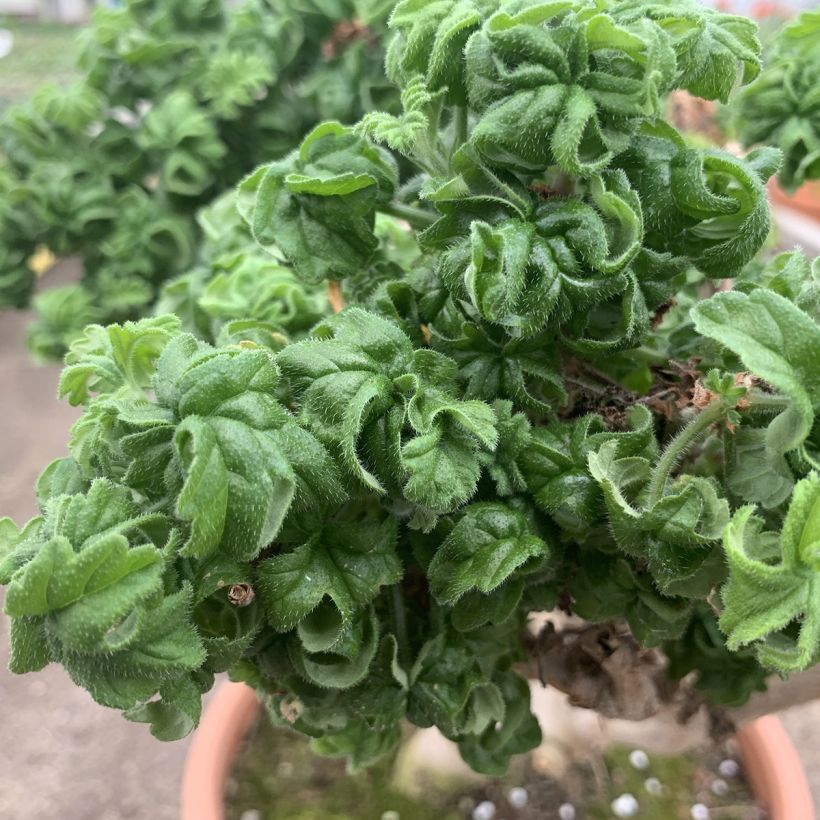

Flowering
Foliage
Plant habit
Botanical data
Pelargonium
graveolens
Bontrosaï
Geraniaceae
Rose Geranium, Sweet Scented Geranium
South Africa
Other Pelargonium - Geranium
View all →Planting and care
Plant your seedlings in the open ground after the last frosts, in a sunny position. You can also plant them in pots in a sheltered location, which you can then take outdoors in May. If you plant them in the open ground, wait until the frosts have passed. Fragrant geraniums require well-drained soil, but not necessarily very rich soil. Water moderately. In pots, regular watering is necessary in summer. You can protect your geraniums by bringing them indoors, under a veranda or in a cold greenhouse or bright, unheated room in winter.
Some species and varieties can tolerate a light frost, but will not survive the winter in the garden, except by the seaside.
Planting period
Intended location
Care
Planting & care advice
This item has not been reviewed yet - be the first to leave a review about it.
Similar products
Haven't found what you were looking for?
Hardiness is the lowest winter temperature a plant can endure without suffering serious damage or even dying. However, hardiness is affected by location (a sheltered area, such as a patio), protection (winter cover) and soil type (hardiness is improved by well-drained soil).

Photo Sharing Terms & Conditions
In order to encourage gardeners to interact and share their experiences, Promesse de fleurs offers various media enabling content to be uploaded onto its Site - in particular via the ‘Photo sharing’ module.
The User agrees to refrain from:
- Posting any content that is illegal, prejudicial, insulting, racist, inciteful to hatred, revisionist, contrary to public decency, that infringes on privacy or on the privacy rights of third parties, in particular the publicity rights of persons and goods, intellectual property rights, or the right to privacy.
- Submitting content on behalf of a third party;
- Impersonate the identity of a third party and/or publish any personal information about a third party;
In general, the User undertakes to refrain from any unethical behaviour.
All Content (in particular text, comments, files, images, photos, videos, creative works, etc.), which may be subject to property or intellectual property rights, image or other private rights, shall remain the property of the User, subject to the limited rights granted by the terms of the licence granted by Promesse de fleurs as stated below. Users are at liberty to publish or not to publish such Content on the Site, notably via the ‘Photo Sharing’ facility, and accept that this Content shall be made public and freely accessible, notably on the Internet.
Users further acknowledge, undertake to have ,and guarantee that they hold all necessary rights and permissions to publish such material on the Site, in particular with regard to the legislation in force pertaining to any privacy, property, intellectual property, image, or contractual rights, or rights of any other nature. By publishing such Content on the Site, Users acknowledge accepting full liability as publishers of the Content within the meaning of the law, and grant Promesse de fleurs, free of charge, an inclusive, worldwide licence for the said Content for the entire duration of its publication, including all reproduction, representation, up/downloading, displaying, performing, transmission, and storage rights.
Users also grant permission for their name to be linked to the Content and accept that this link may not always be made available.
By engaging in posting material, Users consent to their Content becoming automatically accessible on the Internet, in particular on other sites and/or blogs and/or web pages of the Promesse de fleurs site, including in particular social pages and the Promesse de fleurs catalogue.
Users may secure the removal of entrusted content free of charge by issuing a simple request via our contact form.
The flowering period indicated on our website applies to countries and regions located in USDA zone 8 (France, the United Kingdom, Ireland, the Netherlands, etc.)
It will vary according to where you live:
- In zones 9 to 10 (Italy, Spain, Greece, etc.), flowering will occur about 2 to 4 weeks earlier.
- In zones 6 to 7 (Germany, Poland, Slovenia, and lower mountainous regions), flowering will be delayed by 2 to 3 weeks.
- In zone 5 (Central Europe, Scandinavia), blooming will be delayed by 3 to 5 weeks.
In temperate climates, pruning of spring-flowering shrubs (forsythia, spireas, etc.) should be done just after flowering.
Pruning of summer-flowering shrubs (Indian Lilac, Perovskia, etc.) can be done in winter or spring.
In cold regions as well as with frost-sensitive plants, avoid pruning too early when severe frosts may still occur.
The planting period indicated on our website applies to countries and regions located in USDA zone 8 (France, United Kingdom, Ireland, Netherlands).
It will vary according to where you live:
- In Mediterranean zones (Marseille, Madrid, Milan, etc.), autumn and winter are the best planting periods.
- In continental zones (Strasbourg, Munich, Vienna, etc.), delay planting by 2 to 3 weeks in spring and bring it forward by 2 to 4 weeks in autumn.
- In mountainous regions (the Alps, Pyrenees, Carpathians, etc.), it is best to plant in late spring (May-June) or late summer (August-September).
The harvesting period indicated on our website applies to countries and regions in USDA zone 8 (France, England, Ireland, the Netherlands).
In colder areas (Scandinavia, Poland, Austria...) fruit and vegetable harvests are likely to be delayed by 3-4 weeks.
In warmer areas (Italy, Spain, Greece, etc.), harvesting will probably take place earlier, depending on weather conditions.
The sowing periods indicated on our website apply to countries and regions within USDA Zone 8 (France, UK, Ireland, Netherlands).
In colder areas (Scandinavia, Poland, Austria...), delay any outdoor sowing by 3-4 weeks, or sow under glass.
In warmer climes (Italy, Spain, Greece, etc.), bring outdoor sowing forward by a few weeks.






























